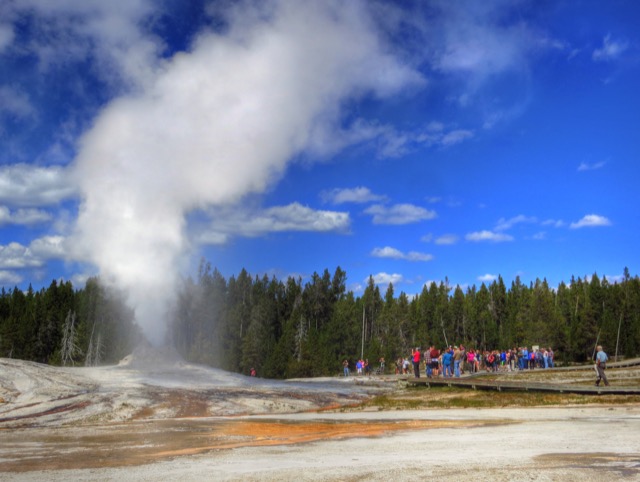I visited the Patagonia web site looking for some Christmas presents yesterday and learned that “the president stole my land.” How horrible! So I looked into it and discovered that President Trump took federal land that was managed by a particular set of federal agencies under a particular set of restrictions and changed it into federal land managed by the very same federal agencies under a slightly different set of restrictions. Not to jump on Patagonia, whose clothing I’ve always enjoyed, but where’s the theft in that?
Of course, what Trump did was reverse changes by Presidents Clinton and Obama who first imposed the slightly different set of restrictions in 1996 (Clinton for the Grand Staircase-Escalante) and 2016 (Obama for the Bears Ears). I can say with absolute certainty that, when they made those changes in 1996 and 2016, many people in Utah said, “the president stole our land.”
Supposedly, one issue is vandalism and destruction to Native American antiquities and artifacts. But such vandalism and destruction was equally illegal (under laws that are equally difficult to enforce) under both sets of restrictions, so claims that Trump’s decision opens the areas to more looting or devastation are red herrings. Continue reading








